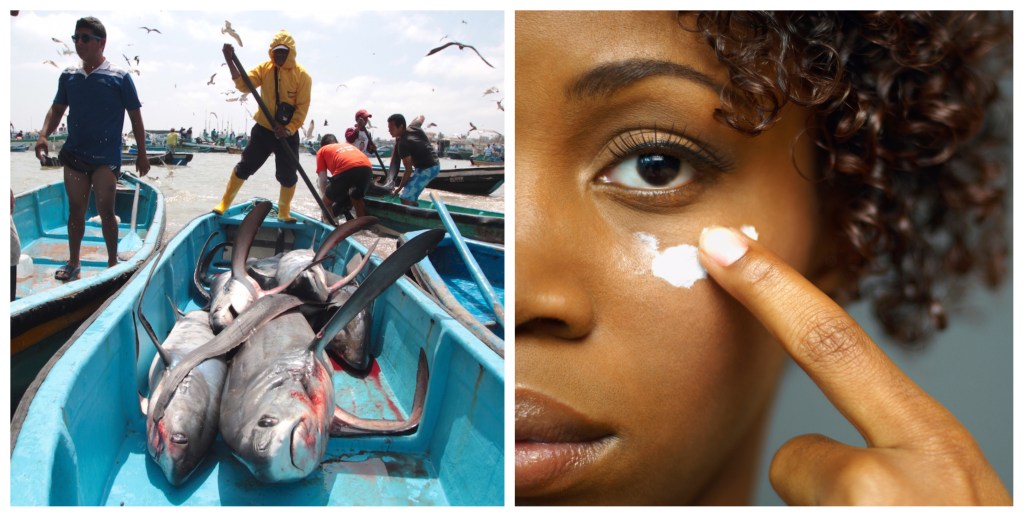Over 1,400 dolphins were killed in a single hunt in the Faroe Islands on Sunday, in a record catch that angered ocean conservationists and shocked locals calling for an end to brutal traditions.
Footage of the mass slaughter, released by ocean conservationist group Sea Shepherd, shows an entire superpod of white-sided dolphins writhing in pools of their own blood. Hunters killed them with knives and dragged the carcasses onto the beach, where hundreds stood watching. After capture, the meat is divided among residents in the partially Danish-administered territory.
Videos by VICE
The hunt, known as the “grindadrap” or just “grind,” has been practiced for over four centuries on the archipelago, and animal rights groups and conservationists have been calling to end the killings.
In this most recent hunt, several laws governing grind were allegedly broken, angering even locals who view dolphin hunting as part of their cultural heritage.
A local broadcaster, Kringvarp Føroya, called the killing “tragic” with far too many slaughtered dolphins. Danish outlet Ekstra Bladet published interviews with locals, who said they were embarrassed to be Faroese.
Olavur Sjurdarberg, the chairman of the Faroese Whalers Association, told the BBC, “When the pod was found, they estimated it to be only 200 dolphins. Somebody should have known better.”
Last year, only 35 of the mammals were slaughtered. In the last decade, fewer than 1,300 were killed.
Sea Shepherd, which has called for an end to the hunt since the early 1980s, said this hunt was excessively cruel and broke several rules.
Rob Read, the chief operations officer at Sea Shepherd’s UK office, called the hunt a “catastrophic mistake,” especially as the local hunt organizer never authorized the killings.
“A massive pod was driven in, the dolphins were left thrashing about in the water for so long, the killing was carried out badly as well and terribly inhumanely. Lots of dolphins, still alive, were thrown on top of other dolphins, just to make space for more to be brought out of the water,” he told VICE World News.

As soon as hunters realized how large the pod was, Read said, the hunt should have been called off. Now, as a result of excess killing, they were burning some of the blubber of over 1,000 dolphins in an incinerator, he said.
“Because if they drag the blubber out to sea, it’ll carry on floating around and washing up on all the beaches for weeks,” he said. “The only other option is to send them away in trucks, tip them over cliffs into the sea, or put them in a landfill slide or drag them back out, and that’s going to look absolutely shocking in the media.”
Many participating hunters did not hold a license, Sea Shepherd said. As a result, the dolphins endured far more brutal deaths, many “still alive and moving even after being thrown onshore with the rest of their dead pod,” the organization said in their news release.
Photos show dolphins were likely run over by motor boats, bits of their bodies hacked off and their intestines spilling onto the sand. Such killing methods result in long and painful deaths, Sea Shepherd said.
The group also claimed that this recent hunt was the largest in Faroese history, far deadlier than Japan’s infamous Taiji hunts. Over the 6-month hunting season, Taiji fishermen are given a quota of about 1,700 dolphins. In the Faroe Islands, there is no quota, and hunters are free to kill dolphins in any of the 26 whaling districts, any time of the year.
Follow Hanako Montgomery and Sophia Smith Galer.







